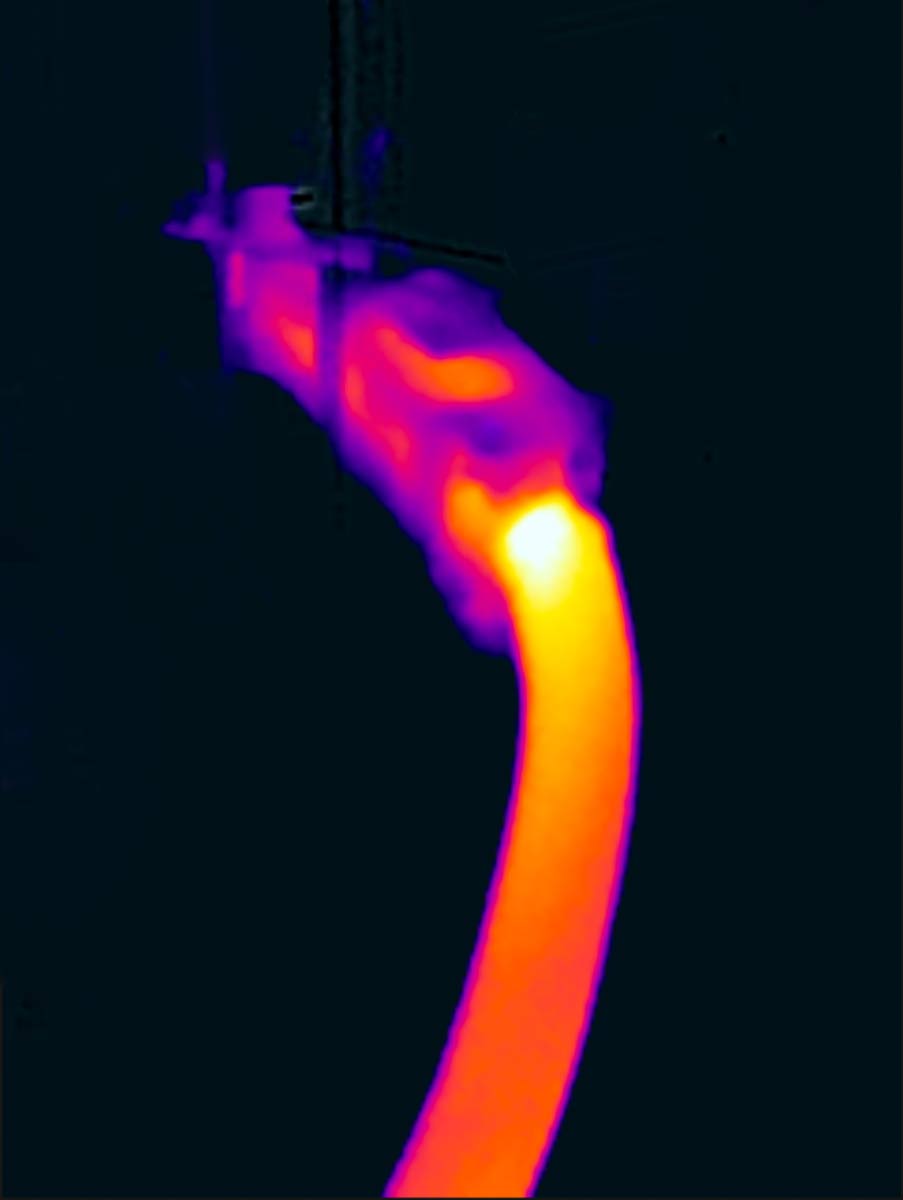MAXIME MATTHYS
[UN]INNOVATION
Maxime Matthys is a Belgian artist, born in Brussels in 1995. In 2015, he graduated from the ETPA (School of Photography and Game Design) in Toulouse with a Bachelor’s degree.
At the crossroads of various practices, his work questions the influence of new technologies on our contemporary way of life. He uses different media: photography, video, performance, sculpture, and installation, to produce works where reality intermingles with the virtual world. Maxime Matthys regularly collaborates with scientist to deconstruct the myths linked to new technologies and thus to imagine new languages. His award-winning work has been shown at the Maison Européenne de la Photographie and has been the subject of solo exhibitions in Europe. His last project, 2091: the Ministry of privacy was exhibited at the Centre Pompidou as part of the fourth edition of the Mutations/Creations event. He is the author of Sortez Couverts, a performance produced during the coronavirus health crisis and relayed by over 80 media in France and around the world.
He lives and works between Rennes and Paris.
Since last year, I was looking to collaborate with the Informatic Research Institut of Toulouse (IRIT), the largest computer research institute in France. This year, Philippe Guionie, director of the 1+2 Factory program, offered me a 4-month residency at IRIT in partnership with the CNRS Occitanie Ouest.
I am developing work on the creative potential of artificial intelligence, which I use as a tool to produce contemporary works. I question the impact of technology on humans and the environment, and its place in contemporary art. In particular, I wanted to work on issues related to the data center and the amount of energy that this equipment requires. I also wanted to study electromagnetic waves such as 4G/5G, to model them and make them perceptible. I selected the projects that were feasible within the time frame of the residency and according to the availability of the scientists. Due to the health crisis and the time constraints, we decided to focus on data centers and artificial intelligence in contemporary art. I worked alone on electromagnetic waves.
During my residency, I was able to take advantage of IRIT’s wealth of equipment and technologies. During my numerous encounters within this public research laboratory, I was put in contact with Tim Van de Cruys (CNRS researcher in automatic natural language processing), with whom I conceived two major projects of the 1+2 Factory. I was involved in his research, particularly on poetry generated by artificial intelligence. We then collaborated with Jacques Thomazeau (CNRS research engineer in software intelligence) to photograph the OSIRIM servers using thermal imaging, when the structure was hosting the calculations of the artificial poetry algorithms. In a second project, we worked using GAN-type deep learning to produce original portraits of art forgers and thus question the place of creation by artificial intelligence in contemporary art.

